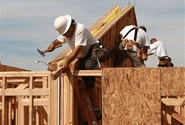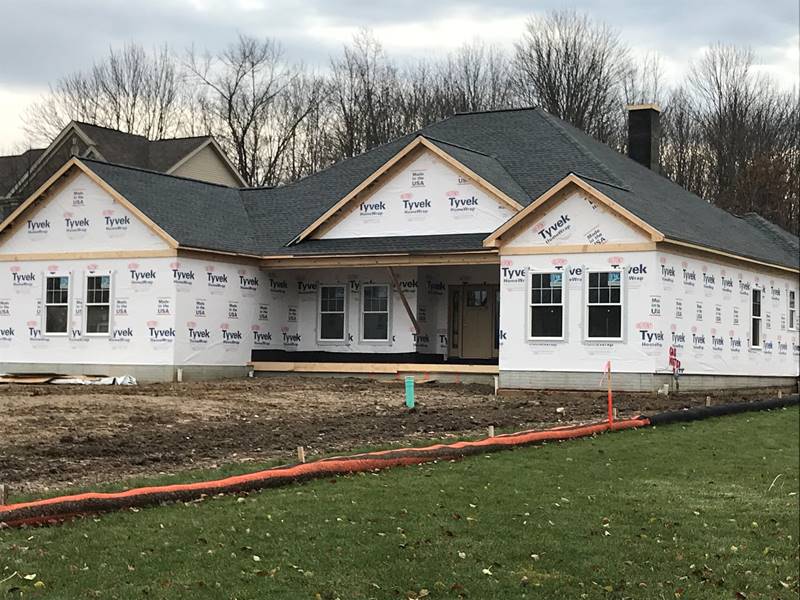Analysis

March 8, 2019
Housing Starts Rebound in January
Written by Sandy Williams
Housing starts jumped 18.6 percent in January to a seasonally adjusted annual rate of 1.23 million, says a delayed report from the U.S. Census Bureau and Department of Housing and Urban Development. The increase was higher than the single-digit rise expected by economists.
 Single-family starts soared 25.1 percent from December to a rate of 926,000. Multifamily starts for buildings with five units or more climbed 4.0 percent to a rate of 289,000.
Single-family starts soared 25.1 percent from December to a rate of 926,000. Multifamily starts for buildings with five units or more climbed 4.0 percent to a rate of 289,000.
Regionally, combined starts in January fell 5.7 percent in the Midwest, but rose 58.5 percent in the Northeast, 29.3 percent in the West and 13.8 percent in the South.
Building permit authorizations, a measure for future construction, edged up 1.4 percent from December to a SAAR of 1.345 million. Single-family permits declined 2.1 percent and multifamily authorizations increased 4.8 percent.
Regional permit data showed permits rose 33.1 percent in the Midwest and 26.4 percent in the Northeast. Permit authorizations fell 8.9 percent in the West and 3.5 percent in the South.
“The bounce back in single-family starts mirrors our builder confidence surveys, as sentiment fell in the latter part of 2018 but rebounded in January after mortgage rates showed a notable decline,” said National Association of Home Builders Chairman Greg Ugalde.
“Some single-family projects that were on pause in December, meaning they were authorized but not started, went online in January. However, builders remain cautious as single-family permit numbers in January were somewhat soft,” said NAHB Chief Economist Robert Dietz.
Weak December starts were likely due to a “combination of weather effects and homebuilders’ nervousness as the stock market tanked,” said Ian Shepherdson, Pantheon Macro chief economist.
“New-home sales are now picking up, and the mortgage applications data point to further gains ahead, so single-family construction should creep higher. The multifamily numbers are wild, but the trends are flat,” said Shepherdson.
“Housing isn’t booming, but neither is it rolling over, and it isn’t going to drag down the rest of the economy.”







